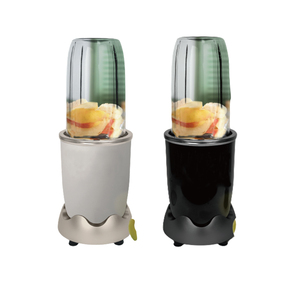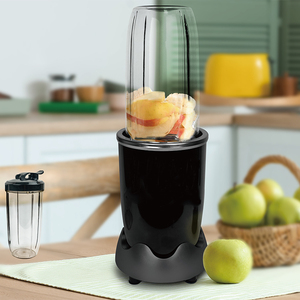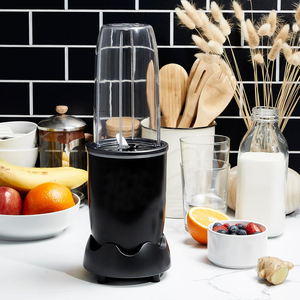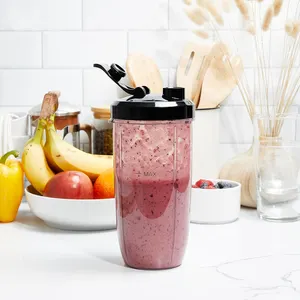Introduction to Range Blenders
The range blender is an innovative kitchen appliance designed to accommodate various blending needs in both professional and home kitchens. Known for its versatility and efficiency, a range blender helps create everything from smoothies to soups, sauces, and beyond, with minimal effort. Whether you are a culinary enthusiast or a busy professional, understanding the types and features of range blenders can elevate your cooking experience.
Types of Range Blenders
Range blenders come in several types, each tailored for different uses and settings.
- Handheld Range Blenders: Ideal for quick tasks like blending soups directly in the pot or making smoothies in a cup. Their compact design allows for easy storage and handling.
- Countertop Range Blenders: Perfect for heavier tasks, these blenders usually come with larger jars and are equipped with powerful motors, making them suitable for breaking down tough ingredients like ice and frozen fruits.
- Commercial Range Blenders: Designed for profesional use, these blenders are robust and often come with advanced features to handle high volumes of blending, making them a staple in restaurants and cafés.
- Personal Range Blenders: Smaller versions of countertop models, these blenders are designed for single servings and come with travel cups, perfect for on-the-go lifestyles.
Features of Range Blenders
When considering a range blender, several key features can enhance your blending experience:
- Powerful Motor: A high wattage motor allows for faster and more efficient blending, ensuring that tough ingredients are processed seamlessly.
- Variable Speed Settings: Different speeds enable precise control over the blending process, catering to different textures and recipes.
- Easy Clean Design: Many range blenders now feature detachable blades and dishwasher-friendly components that simplify the cleaning process.
- Durable Material: Look for blenders made of high-quality materials, such as BPA-free plastic for jars and stainless steel for blades, ensuring longevity and safety.
- Versatile Attachments: Some range blenders include additional attachments like whiskers or choppers, enhancing functionality.
Applications of Range Blenders
The versatility of range blenders extends to a wide range of applications:
- Smoothies and Shakes: Quickly blend fruits and vegetables with yogurt or milk for nutrient-rich drinks.
- Soups and Sauces: Blend cooked vegetables to create silky soups and sauces that enhance flavors.
- Nut Butters: Grind nuts into creamy butters, perfect for healthy snacks or spreads.
- Dips and Dressings: Easily mix ingredients for dips, dressings, and marinades, allowing for a fresh taste with minimal effort.
- Ice Crush: With powerful motors, range blenders can effortlessly crush ice for cocktails or smoothies.
Advantages of Using a Range Blender
There are several notable advantages to integrating a range blender into your kitchen arsenal:
- Time Saver: Range blenders drastically reduce preparation and cooking times, enabling quick meal prep and instant gratification when blending.
- Consistency: Achieve smooth and even textures, critical in creating high-quality dishes.
- Healthier Options: Blend fresh ingredients at home, giving you control over added sugars, preservatives, and unhealthy additives.
- User-Friendly: Most range blenders are designed with convenience in mind, featuring intuitive controls and safety locks.
- Compact Storage: Many models offer a compact design for easy storage, making them suitable for any kitchen size.








 Ready to Ship
Ready to Ship















































